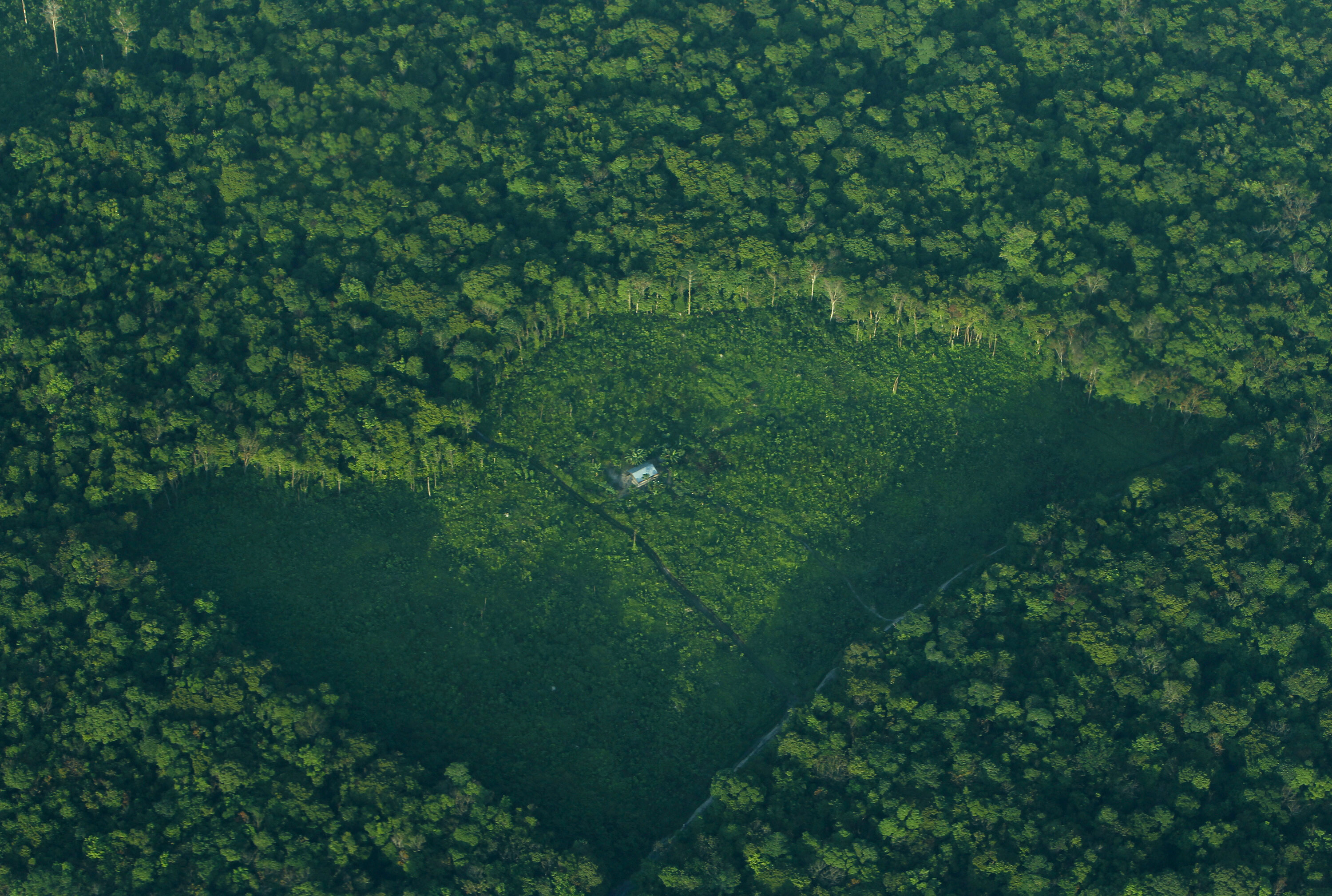Foreign aid hit a record high last year. Here’s what it means for the global recovery from COVID

OECD Secretary-General Angel Gurría warned that the global vaccine distribution facility COVAX is underfunded. Image: REUTERS/Luc Gnago
- 2020 was a record year for foreign aid, which reached $161.2 billion.
- It was a 3.5% increase in real terms from 2019, due to extra spending to help developing countries tackle the coronavirus pandemic.
- But OECD Secretary-General Angel Gurría said more needs to be done to support the vaccine roll-out and tackle the economic and social fallout.
2020 was a record year for foreign aid, which reached an all-time high of $161.2 billion, according to the Organization for Economic Co-operation and Development (OECD).
The figure marked a 3.5% rise in real terms from the year before, as a result of extra spending to help developing countries tackle the COVID-19 crisis, preliminary data showed.
Short-term support during the pandemic focused on health systems, humanitarian aid and food security, the OECD said.
In the medium-term, aid providers indicated they would focus on making diagnostics and vaccines available to countries in need and offer support for tackling the economic and social repercussions of COVID-19.
But OECD Secretary-General Angel Gurría warned more needed to be done to help developing countries and that the global vaccine distribution facility COVAX was underfunded.
$12 billion spent on COVID-19 activities
Initial estimates show that members of the OECD’s Development Assistance Committee (DAC) spent $12 billion on COVID-19 related activities.
Some of this Official Development Assistance (ODA) spending was new, while some was redirected from existing development programmes, according to a survey carried out in April and May last year.
The majority of providers said they would not discontinue schemes already in place.
Trade volumes in developing countries down by 8.5%
The increase in foreign aid came in a year where all other major flows of income for developing nations – such as trade, foreign direct investment and remittances – dropped due to the pandemic. Domestic resources also came under increasing pressure.
The OECD estimates that total external private finance to developing countries decreased by 13% in 2020, while trade volumes dropped by 8.5%.
The 2020 increase in ODA was also partly due to an increase in loans by some donors. Some 22% came in the form of loans and equity investments, up from about 17% in previous years, with the rest provided as grants.
Some countries increased their aid budgets during COVID-19
Sixteen DAC countries increased their aid budgets, with the largest rises seen in Canada, Finland, France, Germany, Hungary, Iceland, Norway, the Slovak Republic, Sweden and Switzerland.
Meanwhile, 13 nations reduced their aid contributions – most notably Australia, Greece, Italy, South Korea, Luxembourg, Portugal and the UK.
G7 donors made up 76% of total ODA, and DAC-EU countries provided 45%. Aid from EU institutions increased by 25.4% in real terms, as they mobilized funds for COVID-19-related activities and boosted sovereign lending by 136% over 2019.
More needed to help developing world, warns OECD
“Governments globally have provided $16 trillion worth of COVID stimulus measures yet we have only mobilized 1% of this amount to help developing countries cope with a crisis that is unprecedented in our lifetimes,” Gurría said.
Donor governments needed to help developing countries with vaccine distribution, hospital services, as well as the incomes and livelihoods of the most vulnerable, in order to build “a truly global recovery”, he said.
Don't miss any update on this topic
Create a free account and access your personalized content collection with our latest publications and analyses.
License and Republishing
World Economic Forum articles may be republished in accordance with the Creative Commons Attribution-NonCommercial-NoDerivatives 4.0 International Public License, and in accordance with our Terms of Use.
The views expressed in this article are those of the author alone and not the World Economic Forum.
Stay up to date:
Global Governance
Related topics:
Forum Stories newsletter
Bringing you weekly curated insights and analysis on the global issues that matter.
More on Global CooperationSee all
Sebastian Buckup and Maximilian Martin
November 13, 2025







